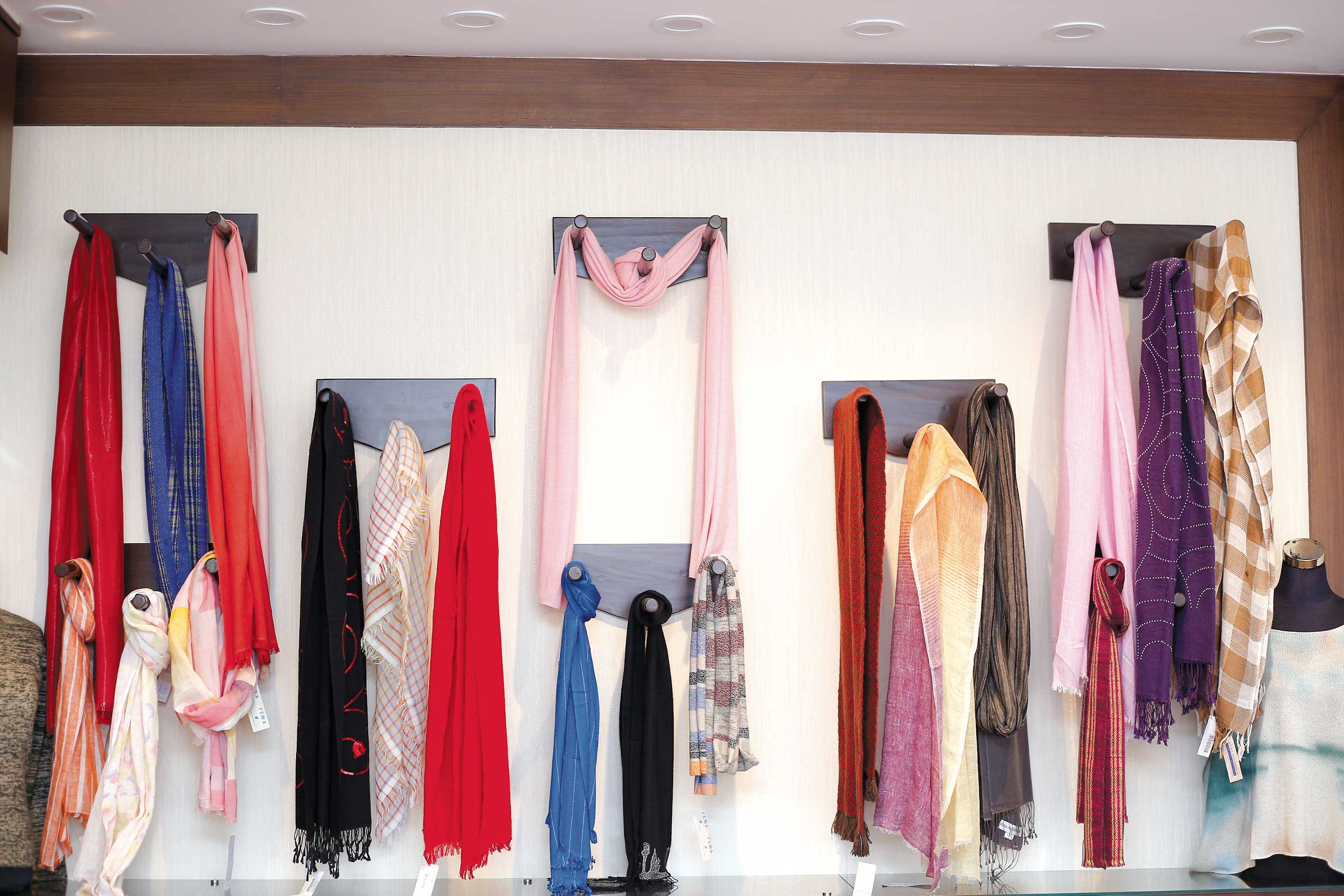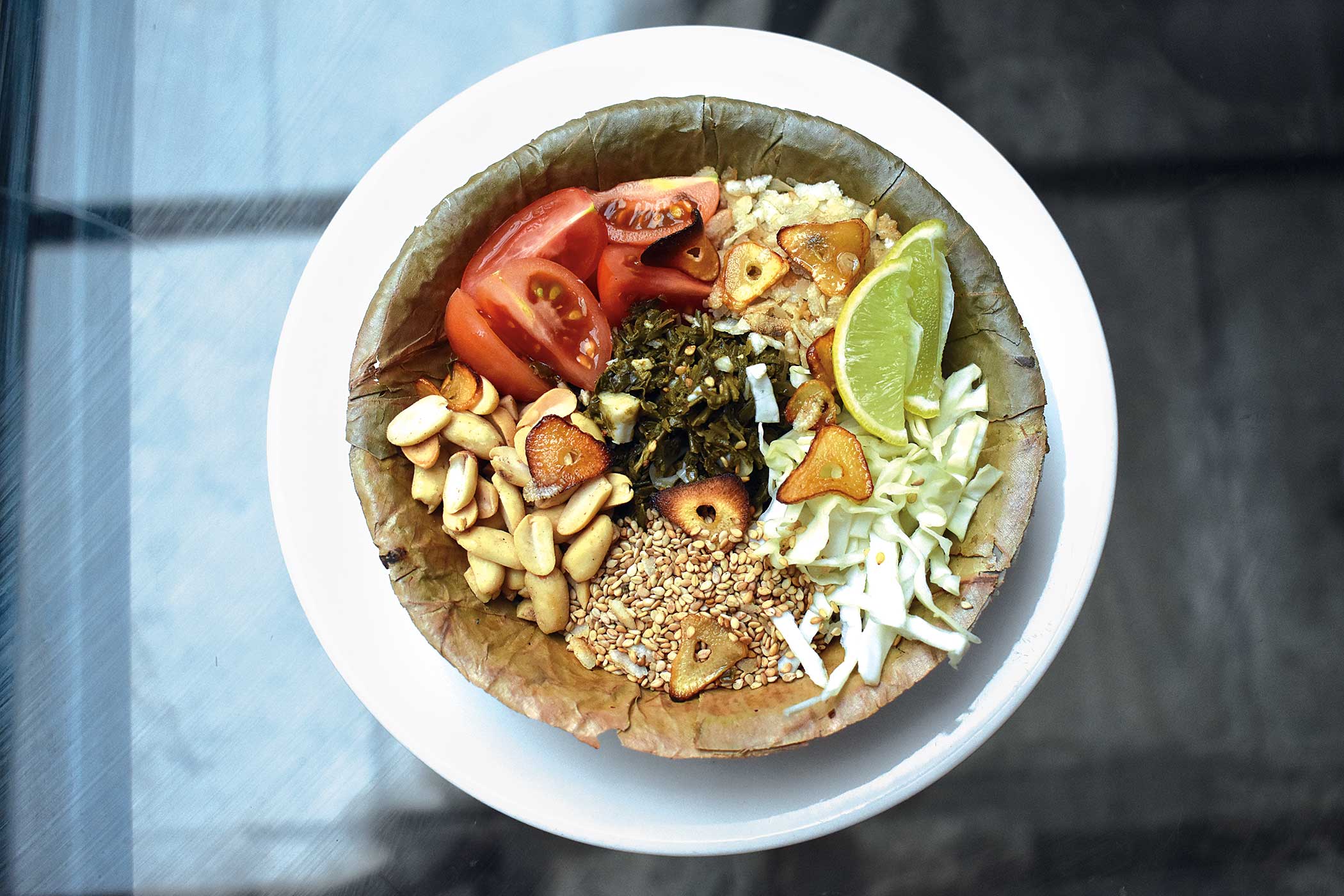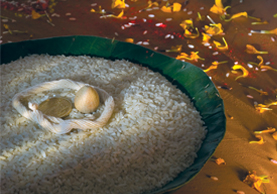
My interest in silk carpets was aroused when I first heard that a friend of mine had earned Rs 70,000/- as a commission when his clients bought some silk carpets. It was then that I realized that the beautifully designed carpets hanging in the showrooms displaying Kashmiri handicrafts were actually made of silk.
Silk originally came from China, but was later also produced in Persia (present day Iran) and Turkey. The silkworm spins its cocoon with primarily a single thread and the first part of this long single thread gives the finest silk. A single strand can be unbelievably long and could measure five thousand feet in length. The rest are broken up and yield an inferior quality silk, but are also used for making cheaper rugs.
Silk rugs are woven with a silk warp thread but the waft thread could be either silk or fine cotton. However the pile, which makes up the body of the rug should be entirely of silk. However, one should remember that silk rugs are not as tough as woolen ones and should be treated more gently.
One of the old hands selling silk carpets in Kathmandu is Khurshid Ahmed Bazaz who has been in the business for decades. “They are mostly floor carpets but are also wall hung as decorations. They originated in Persia and came to Kashmir some 700 years ago. It was the saint Shah Hamadan who brought Persian art to Kashmir when he came there with artisans from ‘Hamadan’ in Persia, after which he was named. Likewise, carpets from that region are also referred to as of Hamadan design,” informs Khurshid.
Normally ‘silk on silk’ (100% silk) carpets start from 324 knots/sq.in. and go up to 1600 knots/ sq.in. They are priced according to the number of knots per sq.in. Khurshid states, “Ages ago, they were using vegetable dyes, but now chemical dyes are extensively used because they’ve been improved over the years and are of very high quality. In Kashmir, the smaller carpets are made by a single weaver while the big ones require two people.”
Most carpets available in Kathmandu are of floral designs, but the shops also have carpets with designs of ‘hunting scenes’ and ‘figures’ such as the ‘Tree of Life’. Exquisite designs speak of skills acquired through time and the surfaces are extremely smooth. The carpet can be anywhere between 2ft X 3ft and 9ft X 12ft. “An interesting aspect of carpet making in Kashmir is the fact that the instructions that tell of how to make the designs, are in a secret script which only the weavers and designers understand. Called ‘Kalbab Talaem’, it means ‘The Art’ and was obviously devised to keep the techniques to themselves,” says Khurshid.
A good way to test a silk carpet if you want to check if it is real silk, is to burn a piece of the fiber. Silk being an animal substance smells like an animal if you burn it. But, an easier way is to just observe how a single strand burns. You can take a strand from the back of the carpet with a pin and burn it in an ashtray. If it is silk, the flame will flare up, and the material will fuse, shrivel and roll into a ball. If it is fake, like mercerized cotton (chemically treated cotton), it will flare up quickly and then burn down the strand just like paper. But to do this, one would need permission from the seller.
Silk carpets are usually bought by tourists, and judging from the flow of tourists in Thamel, one has to agree when Khurshid laments, “Business is low as you can see there are so few tourists.” Thamel is full of Kashmiri shops and most have a good stock of silk carpets, almost all of which are exclusively of Persian design.
For details: The Cottage Crafts, 4264592











